The Early Years Foundation Stage (EYFS) framework establishes that children should make use of the environment around them to enable their natural curiosity to be part of their educational experience. At Heathcote Preparatory School and Nursery we felt that our EYFS playground wasn’t having a positive impact and should be developed with thought and consideration to facilitate and engage our pupils’ learning. We desired innovation in provision with an emphasis on the curriculum, to enthuse and enable our children to explore and create as part of play, such as the excellent provision happening inside the classroom and during outdoor learning forest sessions.
Our existing EYFS playground required significant forethought as it would be hugely costly for a school of our size – under 100 pupils. We enlisted our EYFS Leader to oversee the project along with the highly enthusiastic staff team and this whole project developed into a passion of the EYFS team. Outdoor play has been shown to be highly impactful on positive mental health, indeed the NHS reports that “Children should be physically active every day for at least 3 hours, the more the better, spread out throughout the day including playing outdoors”.
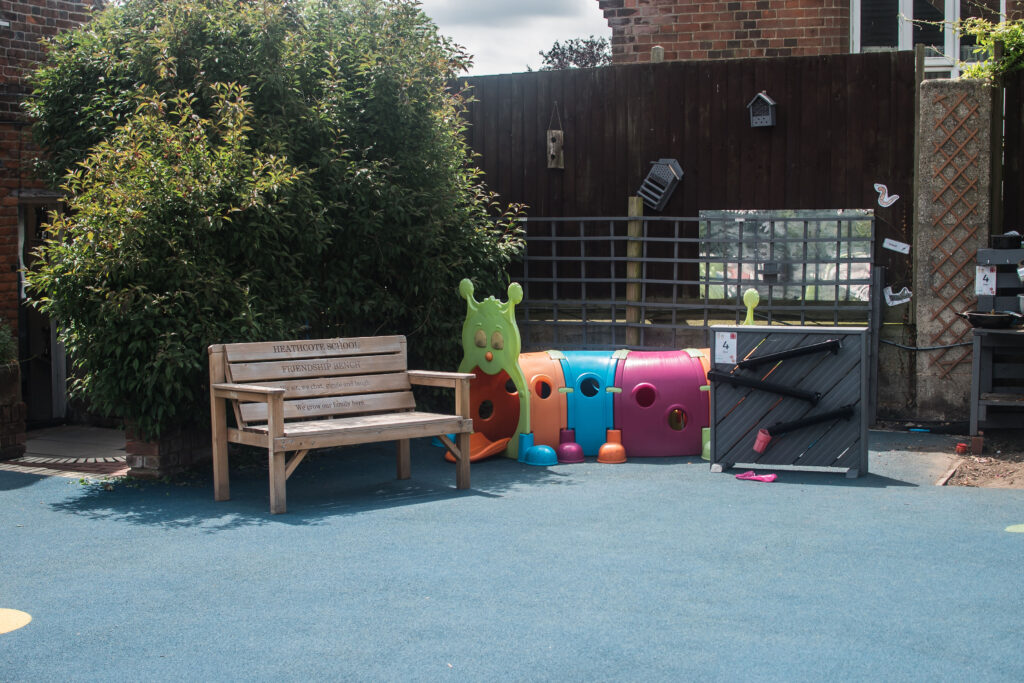
Where to start?
Teachers, teaching assistants and midday assistants were asked what was currently working well for the pupils and what times/lessons were not as effective. It seemed that the environment was not lending itself to independent play, creativity and exploration, with pupils needing greater adult direction if the learning objectives were to be met in the outside area. The staff managed this extremely well but the management board at Heathcote felt if we invested time and funds in the environment then activities could be more child-initiated. We discussed what would be needed, developing a wish list, at the forefront of all of our minds was the impact on our pupils (to the point where I witnessed adults on their knees experiencing the environment as if they were children) and what would be best use of funds.
What were top priorities?
For any of the teachers’ aims for the space to be met, we realised the whole surface was unsuitable. The tatty tarmac flooring needed to be replaced, a brighter bolder more inviting surface would be fitted. The resin surface was fitted to ensure no gaps to enable effective zoning. Additionally, we designed a surface that would have flowers and dinosaur paws fitted into it to bring a smile and allow imaginative play. We knew once the surface was fit for purpose, we could have zoned learning areas that would facilitate activity without being restrictive, we planned for lesson development alongside free-flow play and started compiling ideas and resources while the project was underway. Staff training was of significant importance to ensure we all worked collaboratively whether spending a lot of time with the children or just thirty minutes during lunchtime.

What did we manage?
Once the surface was created, the staff and pupils designed the different areas: a mud kitchen, a reading tepee, an area for vehicles that was safe and variable (with a super floor that was non slip and springy for little limbs!), sand and water play, areas for small world, construction, table focused space for snacking/mark making activities, a growing area, storage for resources and wellies that was tidy and dual use (coated by chalk board paint for mark making). We established planned activities, semi-planned (these allowed for much more flexibility for pupil development) and completely child-initiated. Staff were trained to enable us to move in the same direction, we discussed the ideals and ethos for the space rather than focusing on specifics. We wanted everyone to be part of this experience from the ground up to enable collaborative understanding. The space looks incredible, it is bright and welcoming without being overwhelming for senses and supports questioning minds. It enables learning and play rather than defining or restricting. It is quite simply wonderful.
How has this affected the day-to-day experience of a Heathcote pupil?
The children use the outdoor space with more purpose across their day, the midday assistants engage with the activities they have been trained to use – supported by our excellent practitioners (ISI 2019), the children have more child-led free flow time and we see them utilising this differently – a child-initiated game or activity might lead into something far larger than we noticed previous, they engage in a more secure way to roll this onto clear impact across the EYFS framework.
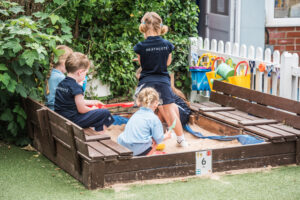
What definable impact has this project had? Can we quantify progress?
With a project such as this quantifiable date is always challenging as qualitative testimonials are easier to gain:
“I have noticed the children playing across subject areas as the resources support learning play much more,” — EYFS teacher
“Lunchtimes are more purposeful and the pupils develop their own games,” — Midday-Assistant
“The nursery pupils can follow their own learning path using the outdoor environment as a support,” — EYFS assistant
“Having an environment that is adaptable supports my MFL in EYFS,” — specialist staff teacher
Additionally, we have noticed our accident book incidences are far less, we believe this is due to children having high-quality experiences that interest them and sustain attention far more than before, where they may have been on bikes and scooters; bumping more frequently. Our observations – impromptu and frequent also build a positive picture- a team reflection on the impact of the project involved reviewing pupil Tapestry observations (an EYFS observation/assessment tool we use) and many of the observations had changed – they were more positive, more purposeful than previous outdoor area observations had been.
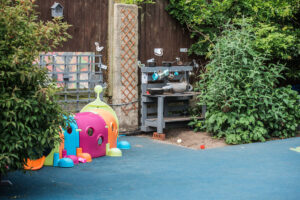
It was clear that through the development of this area, we had strengthened our existing excellent practice and supported our pupils in their autonomous, learning experience. A Heathcote EYFS pupil uses their intellect and their whole being to engage with their environment and this facilitates and enhances excellent learning outcomes for their emotional wellbeing, mental health and their learning and development across the entire EYFS curriculum. We are so proud of Heathcote’s achievements to go beyond excellent.

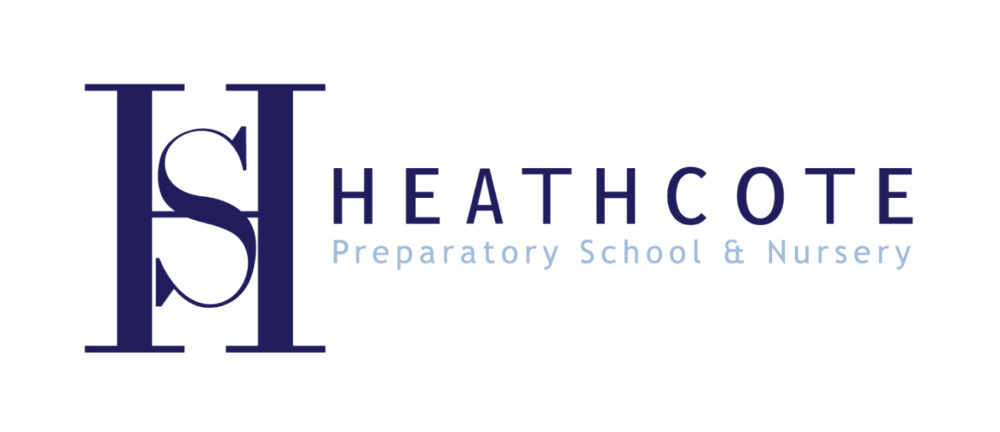


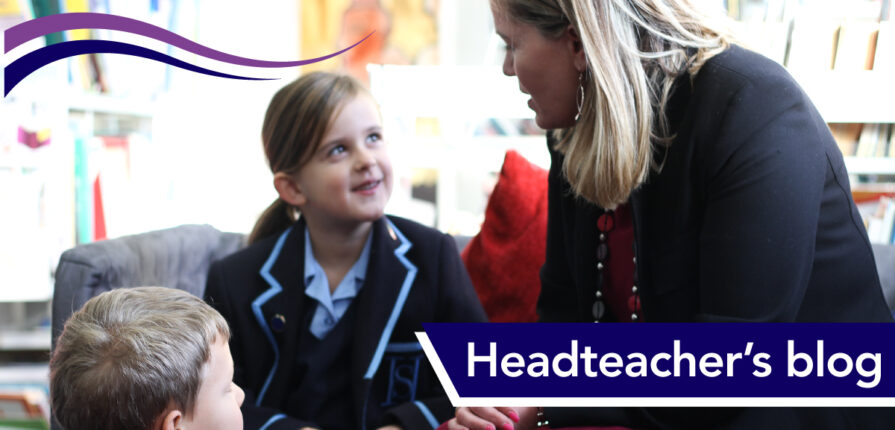

Leave a Reply